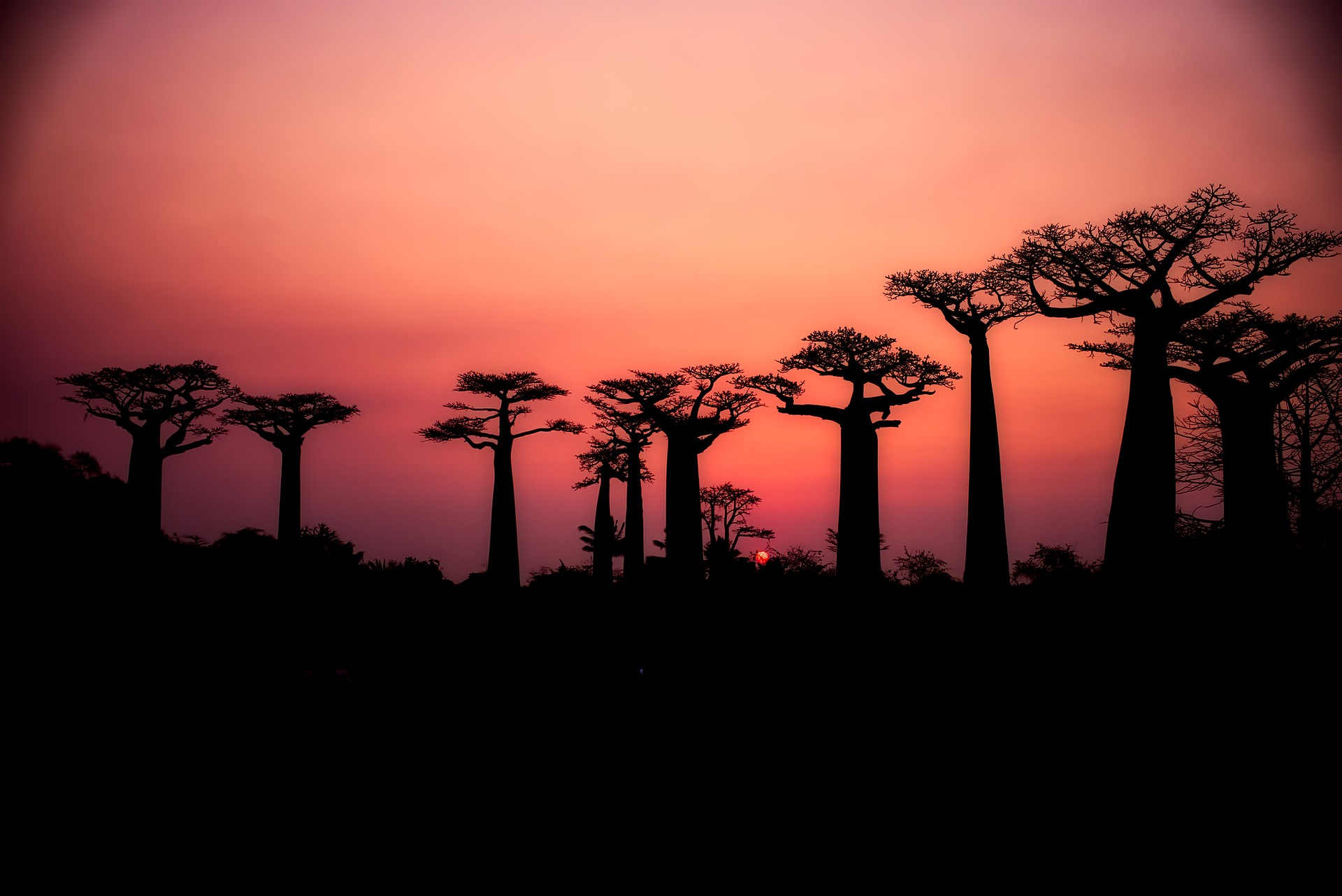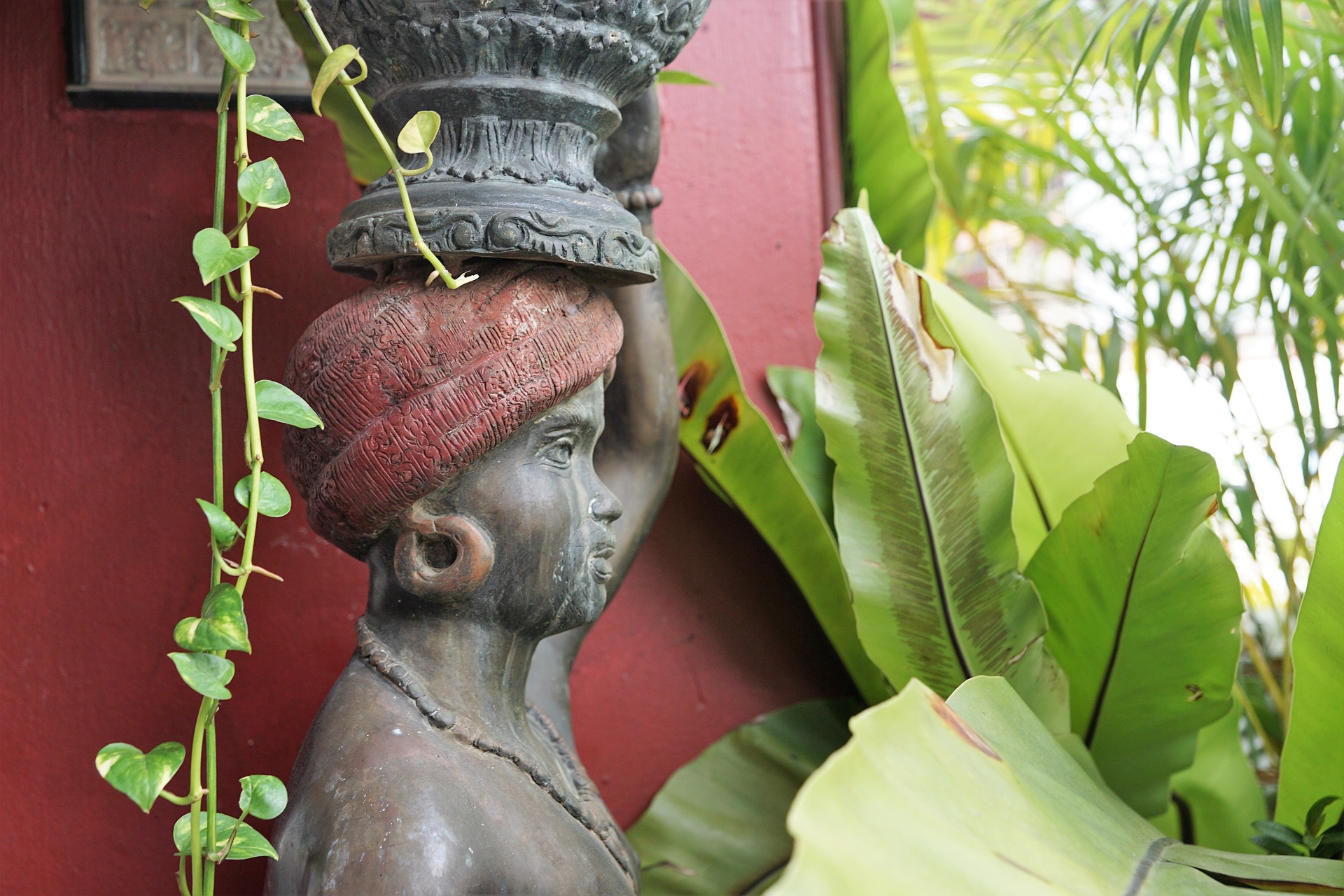“Hamstrung by the idea that any mention of eco-problems would make audiences switch off, and the broadcasters’ preferred strategy of hoping that sharing incredible sights around the world would inspire people to save them, nature programming has been taken to task for avoiding the issue, and not using their power to raise awareness of the dangers facing us all. Contextless stories don’t inspire us to change, after all; they just allow us to continue in our comfortable, fatal state of denial.”
This is from Lucy Mangan’s Guardian review of Our Planet, the just-released David Attenborough series. Unlike previous series by the great naturalist, which have been big on ‘sharing incredible sights’ but haven’t explored in any great depth the dangers facing them, this series seeks to address that shortcoming through various means at the TV producer’s disposal. There’s the choice of words Attenborough uses, so when the camera lingers over a caribou herd, he explains we are not seeing the whole story – the herd is 70% smaller than it was 20 years ago. Or technical innovations, such as a time-lapse sequence of a Borneo jungle being clear-cut and replaced with a palm oil plantation. The programme makes clear that the responsible approach is to not just show the beauty, but also reveal the tragedy hidden off-screen.
I’m not here to review the TV series, but to explore what lessons we can learn for tourism. Our industry relies just as much on beautiful natural scenery, and we fall back just as readily on the assumption that “sharing incredible sights around the world would inspire people to save them”. But most importantly, we are even more averse to presenting our guests with anything less than an idealised vision of perfection.
Think of the Avenue des Baobabs in Madagascar. These majestic, thousand year old trees are the backdrop for many a tourist photograph, travel brochure or homepage. But while their looming solitude makes them super photogenic as the sun goes down, the reason for their survival is less rosy. 90 per cent of Madagascar’s original tree cover has been cut down, half of that in the last 50 years. The Baobabs survive because their bark is so water-filled and light that while they may look beautiful to tourists, they are useless to loggers. The image we all know is presented as an icon of nature’s mighty beauty, but the real story is in what we can’t see – that the absence of other trees is thanks to man’s greed. But where is this truth in our brochures? And how might we build a tourism industry that celebrates the beauty we see, without ignoring the tragedy off-screen?
Today I read research into the Alps that has found that “Half of the ice in the mountain chain’s 4,000 glaciers will be gone by 2050 due to global warming already baked in by past emissions”. How should this sort of news impact on the way we communicate? Do we just find photos of healthy glaciers and use those in our marketing, hoping that sharing these incredible photos will inspire people to take the actions necessary to save them?
How do we think about images of luxury hotels in the Maldives perched on stilts above the water, the world’s lowest lying country, so seriously at risk of being submerged as a nation that it has contemplated its entire population becoming climate refugees?
“Why do resorts host expensive underwater hotel rooms, below sea level wine cellars and overwater golf courses in a region with delicate reefs and rising ocean temperatures, yet do not advocate an environmental mission?” asks an article about the country’s predicament in last week’s Newsweek. “The irony clearly manifests itself in an almost James Bondian level of ignorant villainy: The very real threat of an island nation being completely submerged is turned into a gimmick for the wealthiest of tourists. With a roughly half-million population facing the eradication of their homeland, luxury developers see it as a marketing opportunity instead of a threat.”
Take another article, again from last week, which revealed that the Great Barrier Reef has suffered an 89% collapse in new coral after bleaching events. Of course you wouldn’t know this if you were to look at the travel industry’s promotional imagery. No one uses bleached coral to sell their holidays. But along with vanishing glaciers, sinking islands and shrinking wildlife populations, it is another symptom of ongoing global collapse.
Meanwhile our industry keeps on growing, celebrating this as yet more proof of our unrivalled success. More and more travellers, cramming onto ever smaller atolls, glaciers, savannahs and reefs. All behaving as if nothing’s wrong. Craning for the shot of the last rhino. And acting as if our behaviour isn’t mostly making matters worse.
Enough. If Netflix can, so can we. The question can’t be “What’s the business case?” Or “How much responsibility do we have for the problems?” Or “Are tourists really demanding it?”
It has to be “What can I do to help?”
Might we try something like the approach of The Lions Share, a UNDP/Finch initiative, launched recently with support from David Attenborough, The Economist magazine, Nielsen and more. Each time an animal appears in a partner’s advertising, the company responsible makes a contribution of 0.5 percent of the ad’s media spend to The Lion’s Share, to be invested in initiatives and programs that benefit animal welfare, conservation and their environments worldwide. Can you imagine if the tourism industry picked up on or developed an initiative like this? If for every image in our marketing that relied on the natural world – or on threatened human communities smiling for the camera as if they were delighted to see us – we ensured they actually benefited too?
Shouldn’t we also make greater effort to ensure we all hear from the voices of those most affected, those threatened human communities, rather than just over and over again from those who benefit most from maintaining tourism’s status quo? How might a Maldivian fisherwoman tell the story of her islands? How might her perspective differ from an international tourism CEO?
Who might we learn more from?
Can we take this approach further, and expand our perspective to see that such questions don’t just apply to our relationship with the natural world? They are about our relationship with each other, too. Take, for example this 2017 article in Forbes Travel Guide titled ‘Why Singapore’s Colonial Past Is A Big Tourism Pull Today’, which describes the island’s colonial past as:
“Traders and immigrants came to this free port from across the region, and from as far as China and Europe. Foundation was laid for shophouses, bungalows and landmarks like Fort Fullerton (1829, where Four-Star The Fullerton Hotel Singapore now sits), Victoria Theatre and Concert Hall (1862) and Raffles Singapore (1887) — iconic addresses that still stand today.”
Compare how the Singaporean writer Theohilus Kwek challenges this perspective, writing in the Singapore Journal:
“Just as Singapore would not be the country we know today without its traders and merchants, it would be a very different place without the forced labourers who built our first roads, worked on plantations, or served the families of those traders and merchants for a pittance, or for nothing at all. By removing them from our history – or celebrating them selectively, as with the smiling portrayals of samsui women at the National Day Parade last year – we’ve set a powerful precedent for excluding today’s forced labourers from our national community. It’s easy to think about those who are blatantly underpaid and abused in our society as ‘foreign’, when we’ve always thought about them that way.”
If our supposed love for authenticity, experience and local connection is to mean anything, then it means exploring and revealing what’s really happening in our relationships with threatened nature, with marginalised communities, with indigenous peoples. And yes, if we stop selling our colonial legacy as ‘plantation chic’ and start exploring a more truthful representation, then this starts us up on the road to talking about reparations. Just as facing up to what our real impact is on the climate starts us down the road to individual carbon budgets and honest carbon pricing. But what are the alternatives? To be willfully blind and just hope the worsening problems go away?
Last week The Guardian said it will now put Global CO2 levels into every weather forecast. Veteran weather forecaster Bill Giles called for the BBC and other broadcasters to do the same. Might ski brands record the melting of local glaciers on their homepages? Or safari companies report poaching numbers? Or beach resorts update guests about sea level rise?
Does it all sound ridiculous? According to Transport and Environment this week, airlines’ CO2 emissions grew 4.9% within Europe last year, in contrast to the other EU emissions-trading sectors, which declined 3.9% overall. Carbon pollution from flying in Europe has risen 26.3% in the last 5 years – far above any other transport mode. Ryanair was revealed to be in the top ten emitters in Europe, “a league which had until now been exclusively occupied by coal plants”.
What if airlines had to publish the greenhouse gas emissions from your flight before you bought it, comparing it to the annual average emissions of a person living in the country you were visiting? What if the likes of Skyscanner enabled me to filter not just by price and time, but by relative carbon emissions? To me the only thing ridiculous about such suggestions is how small they are compared to the scale of the problem.
But we have to start somewhere. How else can our industry continue to profit from enjoying what is left, if we aren’t driving the urgent efforts to protect it? If we really want to be seen as the industry that connects us all to the world and to one another, I don’t see any alternative.












Jeremy
great piece. it’s why at SUNx we are advocating Climate Friendly Travel ~ measured to manage: green to grow: 2050-proof to innovate. This makes no builtin assumption that Travel & Tourism is inherently good or bad …just sets criteria founded on Paris Ageement that must be met…e.g. Airlines become no carbon by 2050. Would welcome discussing.
Great write up and well timed too. Recommend the contribution of 0,5% for animals to apply also for trees that would go towards funding re-forestation programs world-wide.
This is a terrific piece, absolutely spot on. Thank you!
Brilliant column Jeremy. I totally agree.
Great and timely piece. The industry growth centric, linear model has reached a cul de sac. As with manufacturing, consumer goods and other product dominated industries, the travel industry needs to consider how can a switch to social and natural capital regenerative circular economy business models can sustain all its stakeholders (operators, destinations, ecosystems)in the long run.